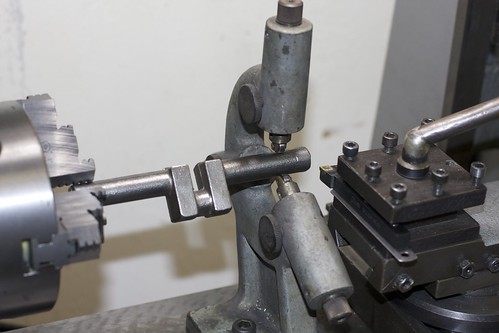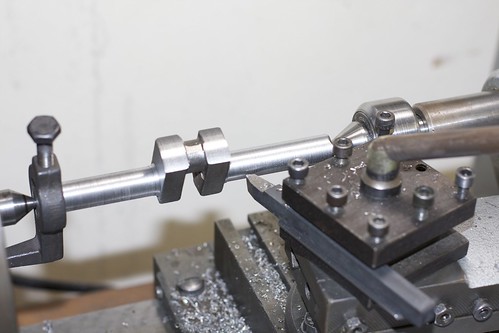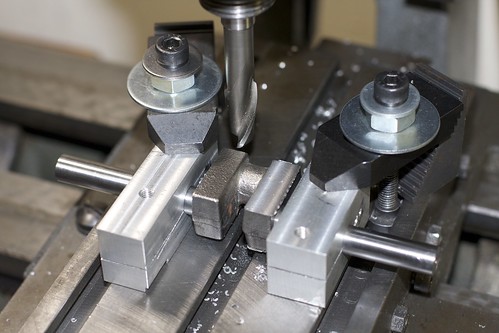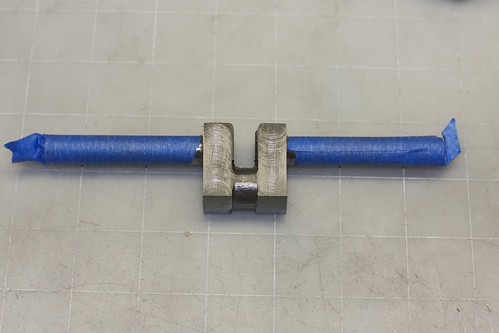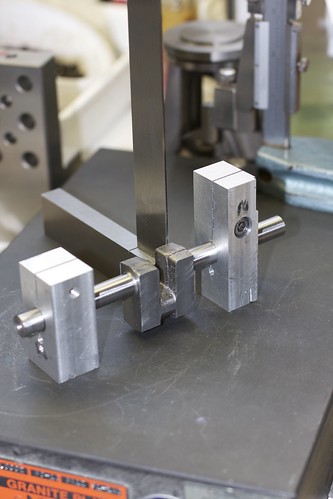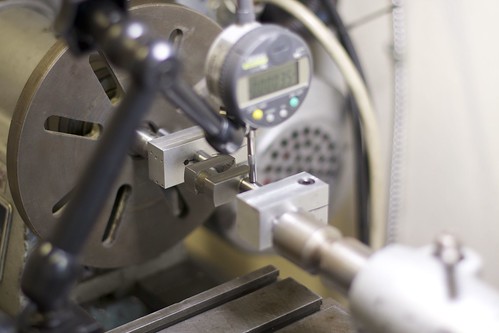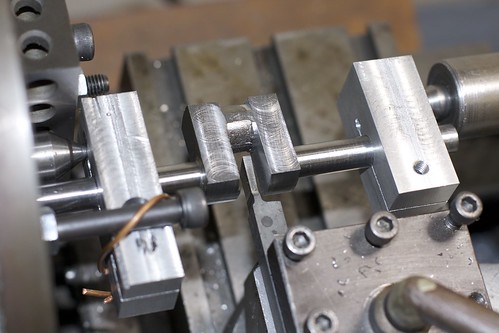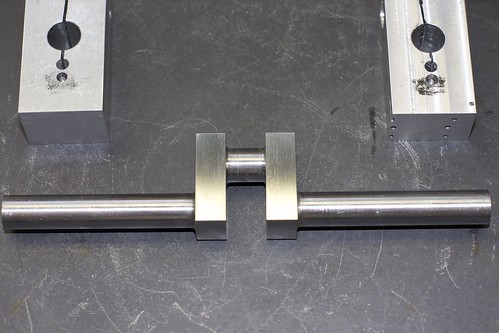- Joined
- Jan 30, 2011
- Messages
- 365
- Reaction score
- 72
Hi Simon,
Hope you won't mind if I make a comment on your expanding mandrel set but it might, should you go the same way again, prevent a possible hitch. Using aluminium on aluminium as the expanding taper could cause galling and a total pick up of material which if it does could prove the devils hind teeth to release leaving the mandrel well and truly stuck.
I don't want to teach granny as you are doing a very able job but mandrels made from steel using an ordinary caphead cut at a taper to match a centre drill are very easilly and extremely quick to make. Should you be interested the method I have used for many years at home and at work are shown about halfway down this set of images
https://picasaweb.google.com/Tug423/RW29DieselEngine#5455290402397533234. These have been made using the same principle from 4mm dia to well over 40 using varying capheads 8BA to 8-10 mm. They grip with amazing power with remarkably little torque on the screw.
Hope you won't think I'm interfering but ali will, and does, pick up so easily
Regards - Ramon
Hope you won't mind if I make a comment on your expanding mandrel set but it might, should you go the same way again, prevent a possible hitch. Using aluminium on aluminium as the expanding taper could cause galling and a total pick up of material which if it does could prove the devils hind teeth to release leaving the mandrel well and truly stuck.
I don't want to teach granny as you are doing a very able job but mandrels made from steel using an ordinary caphead cut at a taper to match a centre drill are very easilly and extremely quick to make. Should you be interested the method I have used for many years at home and at work are shown about halfway down this set of images
https://picasaweb.google.com/Tug423/RW29DieselEngine#5455290402397533234. These have been made using the same principle from 4mm dia to well over 40 using varying capheads 8BA to 8-10 mm. They grip with amazing power with remarkably little torque on the screw.
Hope you won't think I'm interfering but ali will, and does, pick up so easily
Regards - Ramon





